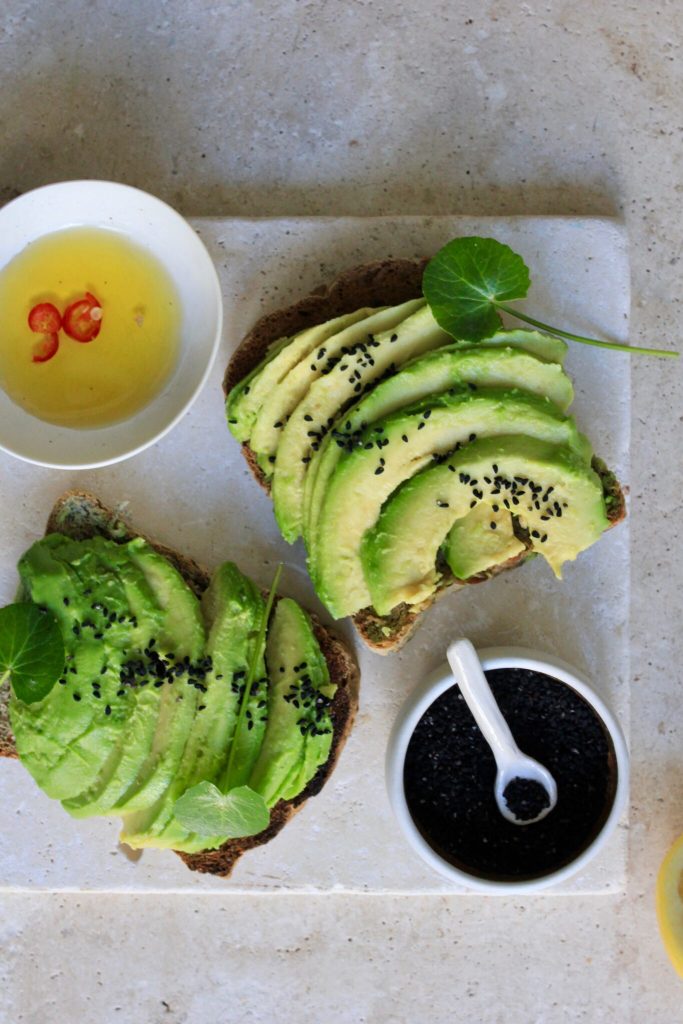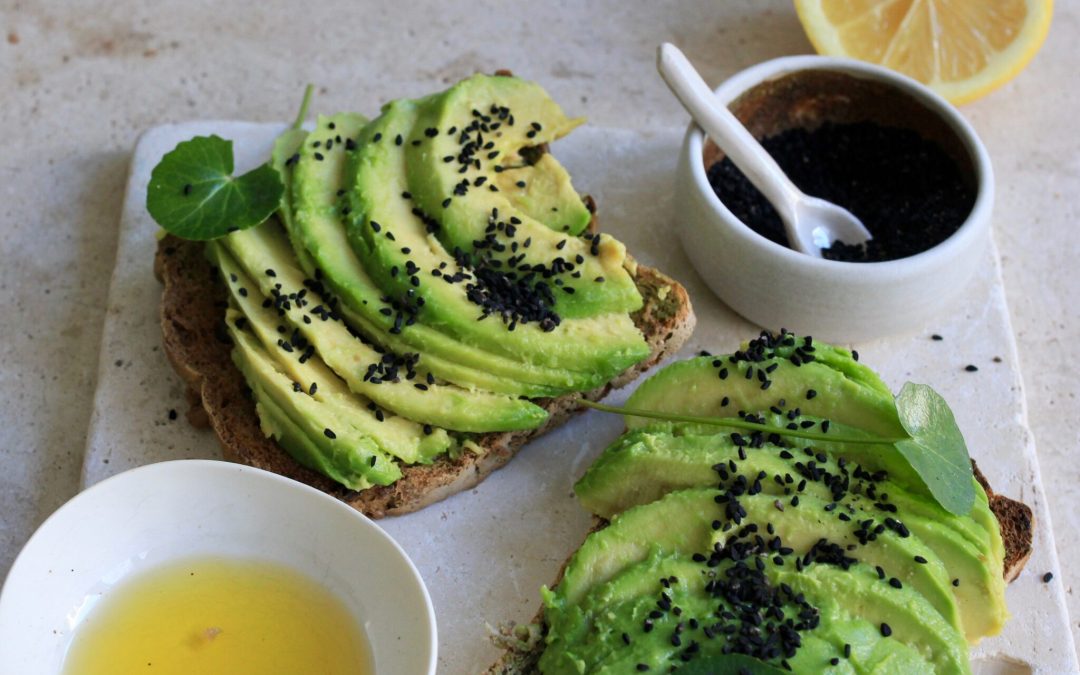Nigella Sativa, also known as Black Cumin, Kalonji and Black Seed, has had a long history as both a medicinal and culinary spice. Used extensively in Middle Eastern cuisine, it has historically been referred to as a “universal healer” by the Prophet Mohammed and as a “curative” in the Bible. Nigella seeds have an extensive list of traditional uses from fever, respiratory ailments, cough, headache, migraine, dizziness, infection, inflammation, rheumatism, hypertension, to gastrointestinal problems, as well as having topical applications.
With such an impressive range of traditional therapeutic uses, it is not surprising that Nigella sativa has been widely studied, with over 100 constituents identified. There is promising support for a number of ailments. One constituent, thymoquinone, has received particular attention and has demonstrated anti-oxidant, anti-inflammatory, anti-microbial, anti-histamine and immunomodulatory properties. Supporting it’s traditional use, black seed has been shown to have both preventative and therapeutic applications for an increasing number of health conditions, including a wide range of gastro-intestinal disorders, respiratory disorders, thyroid conditions, nervous system disorders and certain cancers, according to a literature review. Another review supports the use of topical Black seed oil in a number of skin conditions, from acne to psoriasis and has been shown to promote wound healing.

Nutritional breakdown of nigella seeds
In terms of nutritional break down Nigella seeds are high in protein (approx. 26%), a good source of fibre (both soluble and insoluble) and contain minerals including calcium, potassium, iron and zinc.
We find that this versatile spice can be easily incorporated into our diet in culinary way. Some of our favourite uses include adding a sprinkle of Nigella Seeds on avocado toast (pictured) or added to curries. It can also be used as an oil (making sure you choose organic, cold pressed) or the seeds can be ground and used as a condiment.







